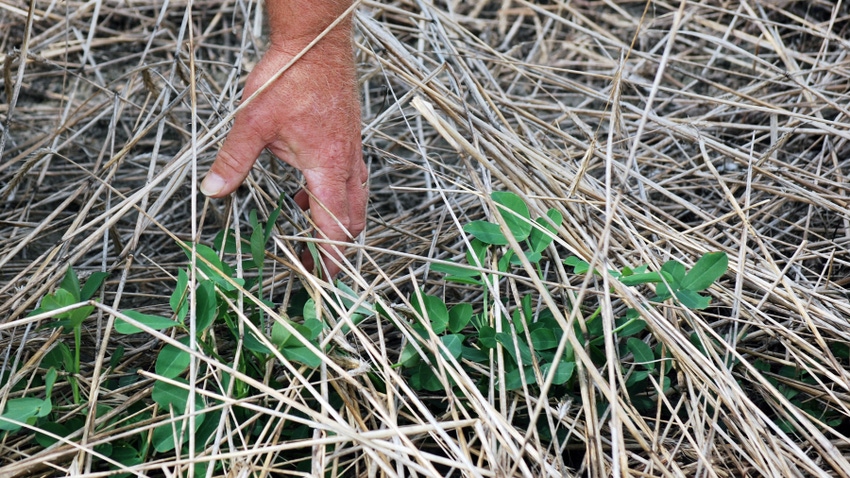April 26, 2023

At a Glance
- Real world results of phase two include the capability to find beneficial genes in cultivated and wild peanuts.
- The $8.4 million Peanut Genome Initiative and Phase II are the largest research projects ever funded by the peanut industry.
By American Peanut Council
The Peanut Research Foundation and the American Peanut Council released a 10-year progress report on mapping the peanut genome that is leading to improved peanut breeding and other outcomes benefiting the industry. Completed in two phases, from 2013-2017 and 2019-2023, the research delivers significant science solutions that have real-world commercial value for the peanut industry.
In 10 short years, the science generated by these two research initiatives is revolutionizing peanut breeding, delivering return on investment back to every sector of the peanut industry. It is estimated the science will eventually result in hundreds of millions of dollars in savings or additional revenue for the peanut industry through new breeding tools for yield, disease resistance, drought tolerance, and eventually aflatoxin and quality traits, including flavor. It’s important to note that the research does not lead to the creation of a genetically modified peanut.
“Phase one of the Peanut Genome Initiative was a huge success in creating peanut genome resources upon which modern peanut breeding technologies could be built,��” said Steve Brown, Ph.D., executive director of The Peanut Research Foundation. “Because of phase two research, significant achievements in peanut breeding have already been made, including the release of cultivars with exceptional resistance to leaf spot and the discovery of more markers, including one for aflatoxin.”
Real world results of phase two include the capability to find beneficial genes in cultivated and wild peanuts that could lead to greater yields, lower production costs and lower losses to disease. Improved processing and quality traits that benefit consumers, such as better nutrition and flavor, are on the radar.
Findings from the initial research revealed that the modern-day peanut is the result of a rare natural combination of genomes from two wild peanut species, doubling the number of chromosomes to form today’s peanut. The combination happened about 10,000 years ago in the foothills of the Andes mountains in western Argentina or southern Bolivia. Peanut’s genome is approximately as large as the human genome, with more than 3 billion “letters” of genetic code.
“This research has achieved many firsts, including mapping the genome of today’s cultivated peanut and its two wild-peanut parents, and discovering genetic markers for desirable peanut traits like disease and drought resistance, yield and grade, and aflatoxin resistance,” continued Brown. “Work remains to get these traits into agronomically acceptable cultivars which can be used by growers. Those discoveries facilitate marker-assisted breeding, making peanut breeding faster, more efficient and more economical.”
The $8.4 million Peanut Genome Initiative and Phase II are the largest research projects ever funded by the peanut industry. Growers, shellers and manufacturers equally funded the research, with additional contributions from allied industry partners.
The report was produced by The Peanut Research Foundation, which directs and supports peanut-specific research on behalf of all segments of the peanut industry. All TPRF-funded research is in the public domain, accessible through the online resource PeanutBase.
You May Also Like




